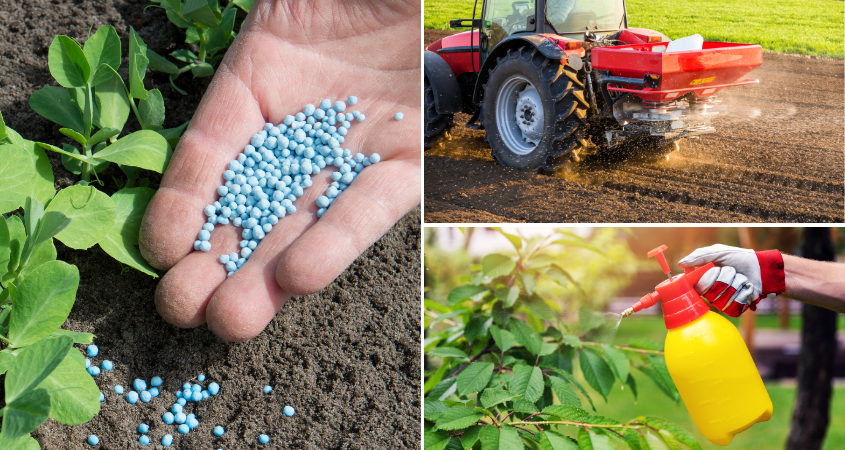
Effective fertilizer application is a critical aspect of soil and crop management. Understanding different techniques for applying fertilizers can significantly impact nutrient distribution, crop growth, and environmental sustainability. Here are key points to consider when discussing fertilizer application techniques: Broadcasting: Broadcasting involves uniformly spreading dry or granular fertilizers across the entire field’s surface. This technique […]
Read More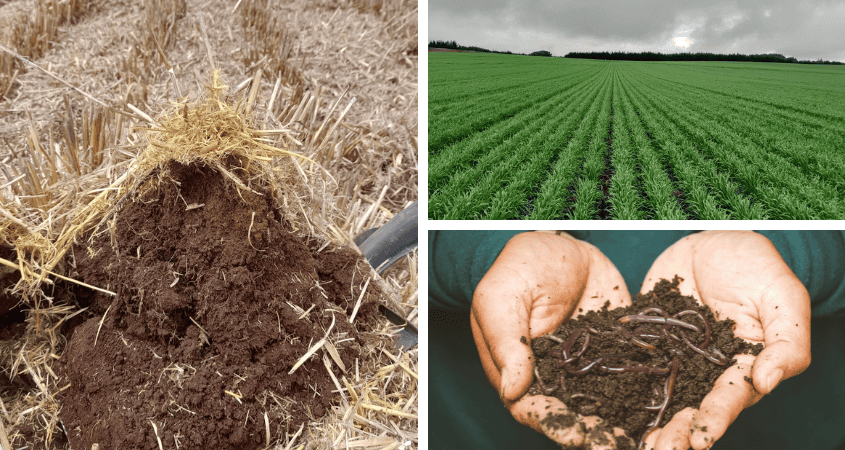
The biological, chemical, and physical aspects of soil health are fundamental to modern agriculture, collectively forming the foundation for efficient and sustainable crop production. Today, let’s dive into the biological aspects of soil health and their vital contributions to agricultural sustainability: 1️⃣ Soil Microorganisms A healthy soil ecosystem teems with diverse microorganisms, including bacteria, fungi, […]
Read More
The physical, chemical, and biological aspects of soil health are fundamental to efficient modern agriculture, as they collectively form the foundation of a thriving and productive ecosystem. Today, let’s delve into the chemical aspects of soil health, which directly impact the availability and uptake of essential elements vital for plant health and productivity: 1️⃣ Soil […]
Read More
Physical aspects of soil health create a soil environment where plants roots flourish, water is conserved and erosion is minimised. The soil’s physical properties include: 1️⃣ Soil Texture Soil texture, defined by the proportions of sand, silt, and clay, significantly impacts water retention, drainage, and nutrient availability. Assessing soil texture provides crucial insights into the […]
Read More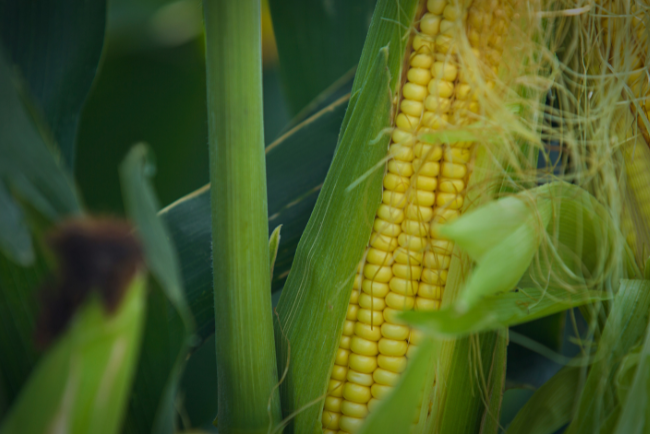
Maize is a resource-intensive crop. Fertilizers and other inputs are costly. A data-driven crop nutrition program, based on targeted soil and leaf sampling, prevents the over-application of nutrients when they aren’t needed, reducing costs and environmental impact. Understanding the maize growth stages allows for the efficient application of these inputs. Why Focus on Maize Crop […]
Read More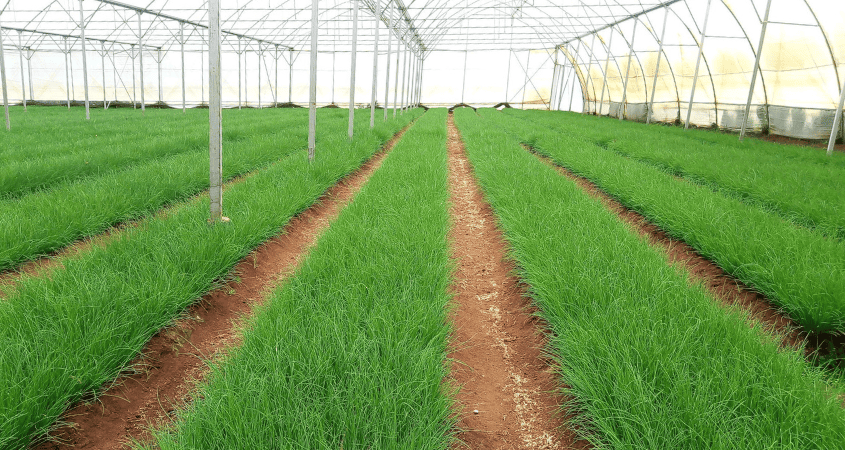
Soil pH is a critical factor that influences the availability of nutrients to plants. Understanding the relationship between soil pH and nutrient availability is essential for effective fertilisation. Here are the key points to consider when assessing soil pH and its impact on nutrient availability: 1️⃣ Soil pH Defined SSoil pH measures the soil’s acidity […]
Read More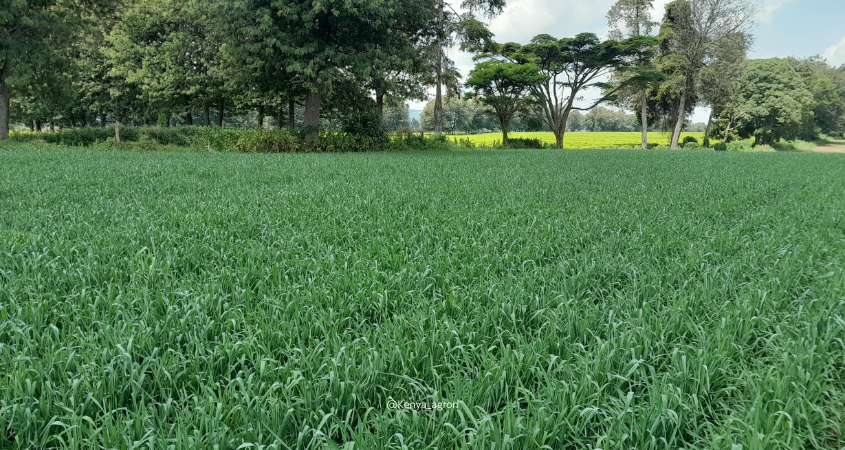
When creating a comprehensive soil testing, leaf testing, and fertilizer program for wheat, it’s essential to consider the following crucial growth stages of the crop: 1️⃣ Pre-Planting Stage: Begin with a thorough soil test before planting wheat to assess the soil’s nutrient levels, organic matter levels, and pH. This stage helps identify any nutrient deficiencies […]
Read More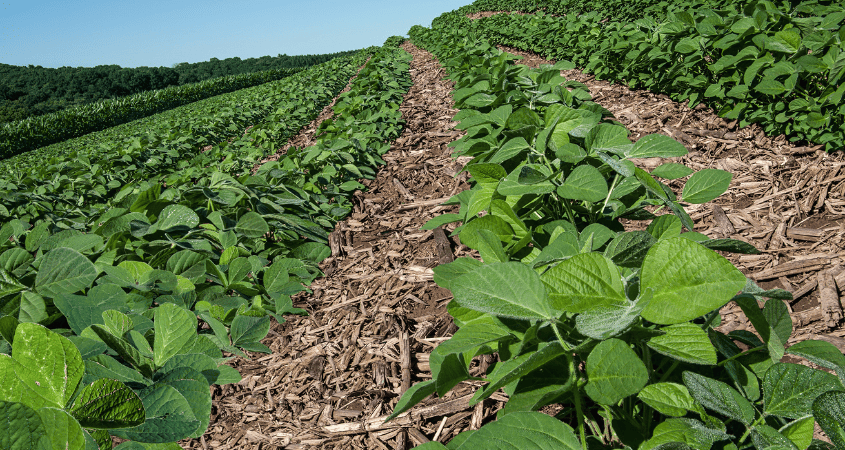
When growing soybeans, it’s crucial to tailor your fertilizer program to meet the crop’s changing nutrient needs throughout its growth stages. Let’s dive into the six crucial growth stages and how to optimize your soybean fertilization strategy for each: 1️⃣ Pre-Planting Stage: Set the stage for success by starting with a soil test before planting […]
Read More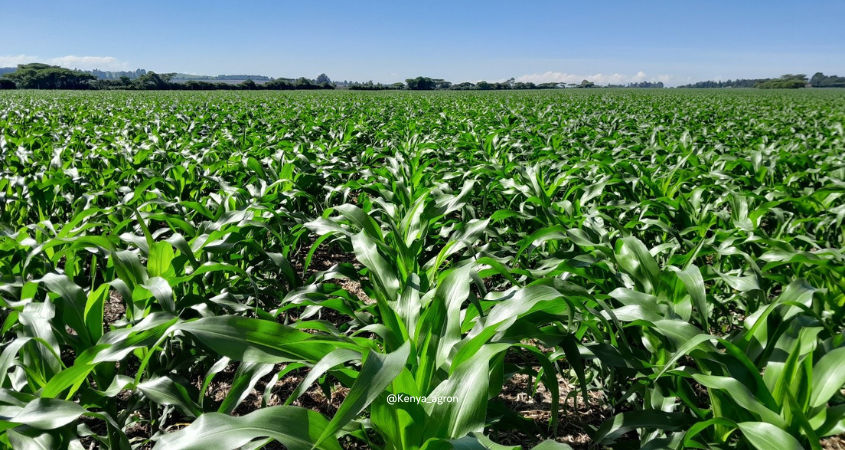
Phosphorus (P) is a crucial nutrient for plant growth and is essential for many biological processes. Effective phosphorus management is critical for cultivating healthy, high-yield crops. Here’s an overview of key aspects related to phosphorus management: Phosphorus Sources Phosphorus can be sourced from various fertilisers, such as single superphosphate (SSP), triple superphosphate (TSP), and diammonium […]
Read More
Nitrogen (N) is a vital nutrient for plant growth, and effective nitrogen management is essential for achieving healthy, high-yield crops. Here’s an overview of key aspects related to nitrogen management: 1️⃣ Sources of Nitrogen Nitrogen can be sourced from synthetic fertilisers, including ammonium nitrate, urea, and ammonium sulphate. Organic matter in the soil, such as […]
Read More
Maize silage is possibly the number one choice for high-yielding dairy cows, with high energy content and high intakes. But what makes a good forage maize variety? After six trials we have found large and consistent differences in yield and feed quality between various hybrids, which should help farmers choose more suitable varieties for high-performing […]
Read More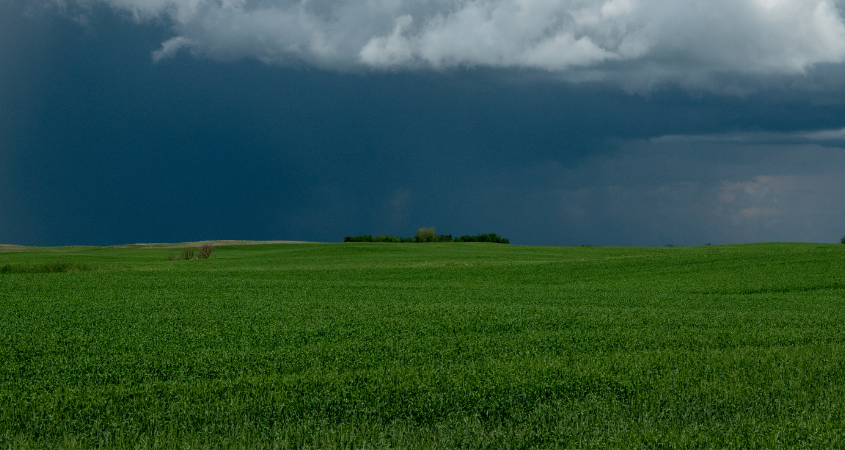
As speculation over an impending El Niño continues to build, growers are advised to plan ahead to ensure that they are not caught out at planting and are in a position to make the most of what could be a high-potential season. Several farmers familiar with the 1997/98 El Niño have told me “Be careful […]
Read More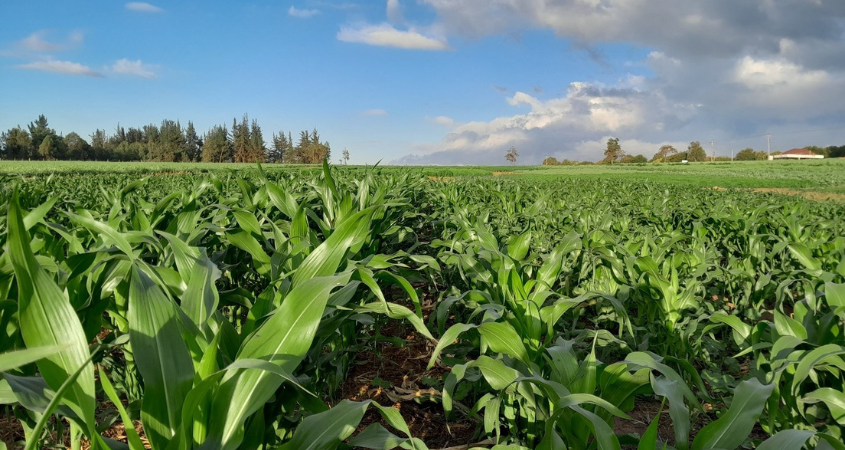
Every time I attend a talk, watch a video, or read an article on crop nutrition, the moment I hear the words “Nutrient X is important for [pollen formation / photosynthesis / insert any other process in the plant]”, I switch off. Whilst it is entirely true that different nutrients perform very different functions within […]
Read More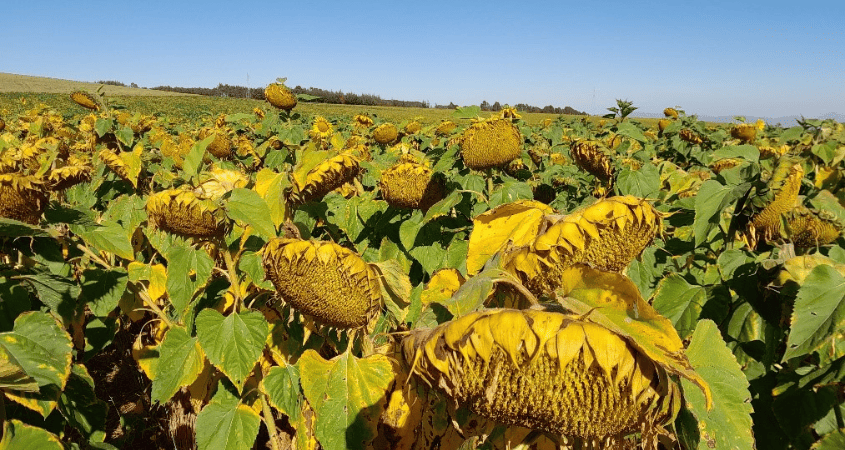
Cash flow, an opportunity to make a bit of profit, improve the soil, and to try out new crops in a lower-risk situation. It may seem a long way off, but these are the reasons why some of the very progressive farmers I work with use off-season crops after maize or wheat. For most farmers […]
Read More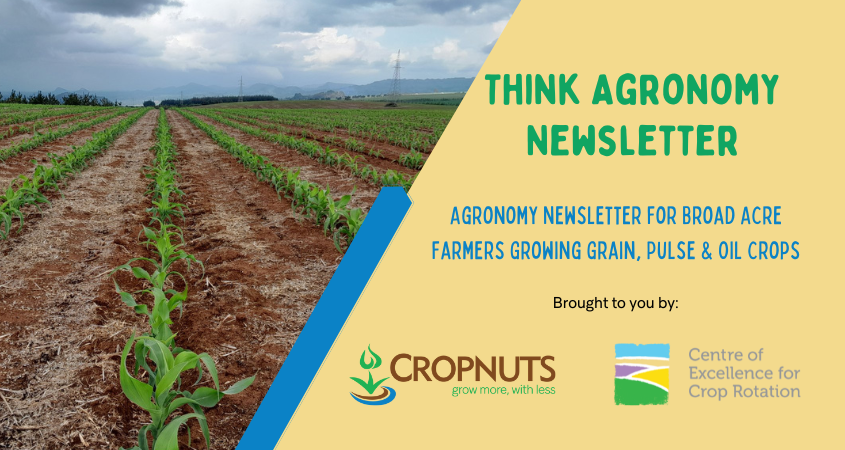
For five years we have tested maize plant populations, and every year we find that the existing advice to plant at 45-50,000 plants/ha does not produce the highest yields or the highest margin – or the best weed control. It is very clear that maize plant populations across the country need a fundamental re-think, and […]
Read More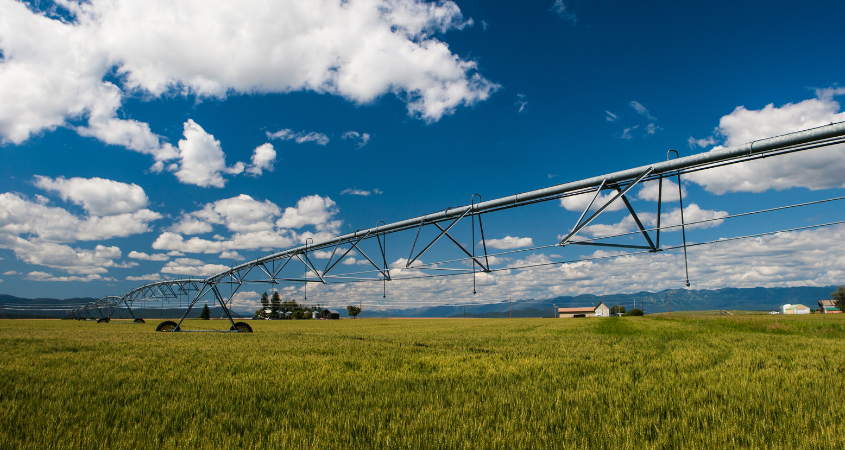
I hope this article finds you well. As we wind up on the planting of the irrigated wheat crops, I wanted to highlight the significance of leaf sampling for maximizing our crop performance and share valuable insights on this essential practice. Leaf sampling is a valuable tool for irrigated wheat production, enabling growers to assess […]
Read More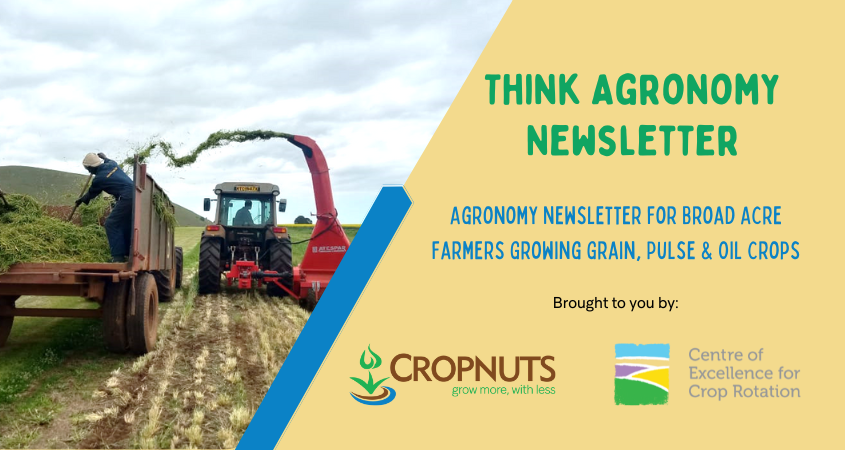
Maize silage Easy to establish and reliable, maize produces a very palatable and high-energy silage provided that it is well chopped and ensiled properly. Typically over 11 Mj of metabolisable energy per kilo, it is a great way of storing crop to feed for livestock later. The main drawbacks are that it needs to be […]
Read More
I. Introduction Maize is an important crop in many parts of the world, and its success largely depends on proper land preparation. To achieve optimal maize yields, farmers need to know the essential techniques for preparing their land before planting. This article will cover the various stages involved in maize land preparation, from soil analysis […]
Read More
As we approach the potato planting season, good planning is essential to achieve the best from the crop and maximise your profits. We take a look at the steps to consider: Number 1 is certified seed; you do not need the crop to be held back by diseases such as Blackleg, Black Dot, and Rhizoctonia […]
Read More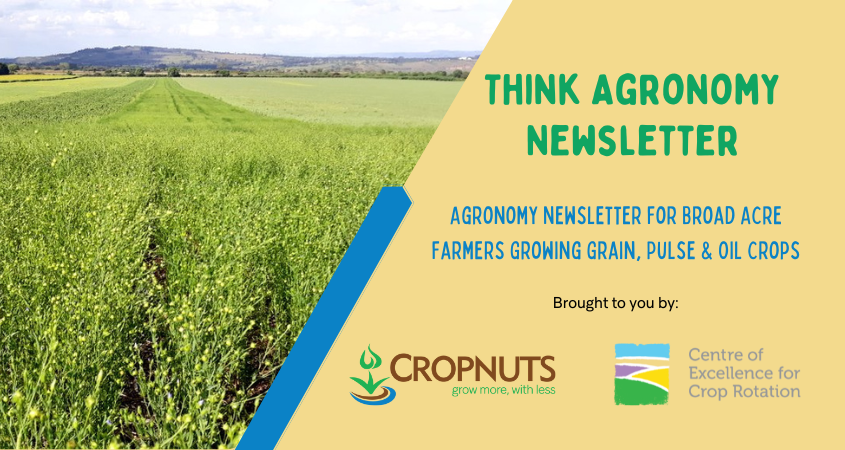
Legumes for a crucial part of the crop rotation on many levels, adding valuable soil nitrogen, reducing root diseases such as Take-all and Fusarium in cereals, improving soil structure and allowing control of grass weeds such as Brome and Ryegrass. Something that I have seen first-hand over the last few years in Kenya is the […]
Read More
Choosing the right wheat variety is one of the most important steps to growing a profitable and reliable wheat crop. Disease resistance, yield, grain quality, sprouting risk, and many other factors should be taken into consideration so that the chances of achieving a high yield and Grade 1 quality with minimal risk and expenditure on […]
Read More
Background information While many approaches, such as nutrient omission trials, have been shown to be beneficial in adjusting fertilizer recommendations such as nitrogen (N) fertilizer-based rates, severe nitrogen deficiencies persist across Kenyan farms. These can be attributed under application of N, or N loss. A large amount of the applied N is lost due to […]
Read More
In many places of the world, soil acidity is a substantial constraint to soil productivity. Sodium, aluminum, manganese, and hydrogen ion toxicity, as well as deficits in critical elements such as nitrogen, calcium, magnesium, phosphorus, and molybdenum, all contribute to plant growth suppression. Agricultural management practices have increased shifts in soil pH, raising concerns about […]
Read More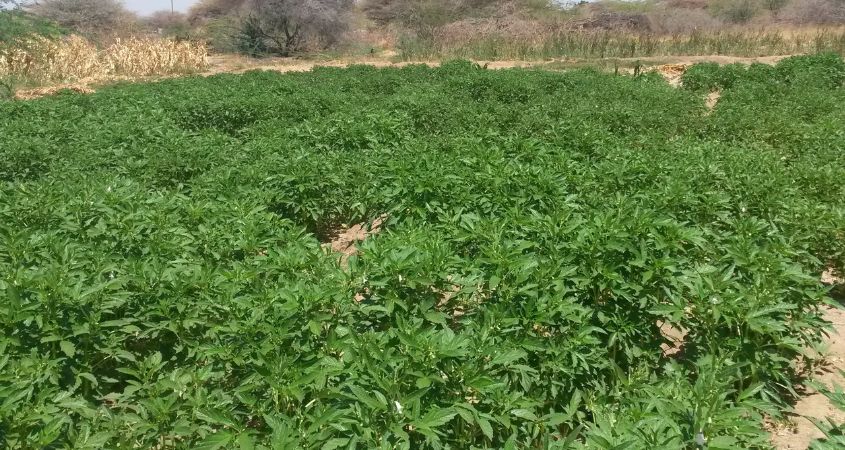
In my last article, we dealt with the many benefits of cover crops and how they can really help improve soil health, soil structure, nutrient availability (especially phosphorous), and water infiltration and moisture holding capacity. These are some of the most important yield destroyers in African soils. Cover cropping, if done properly can really make […]
Read More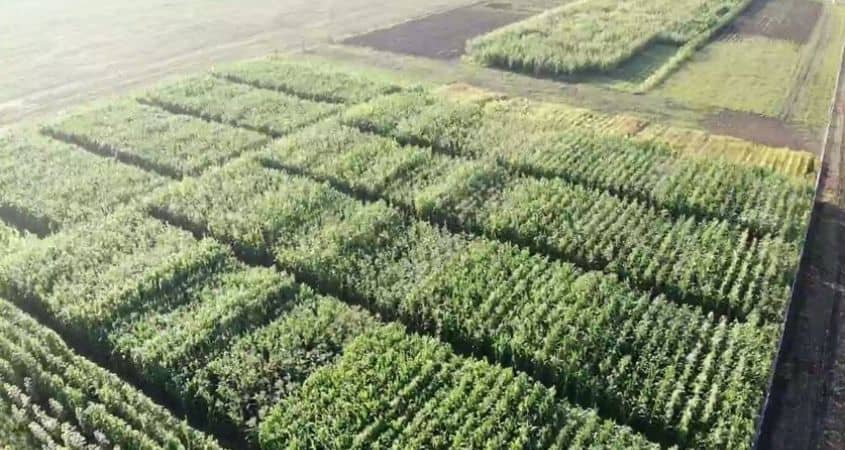
The trials team certainly had high expectations for their Nakuru Maize Variety Trial, but this extraordinary average yield certainly opened their eyes. The Nakuru site is just one of the 8 sites across the country that we’ve test varieties in different climates over the past 12 months. Had we grown the top-yielding variety in this […]
Read More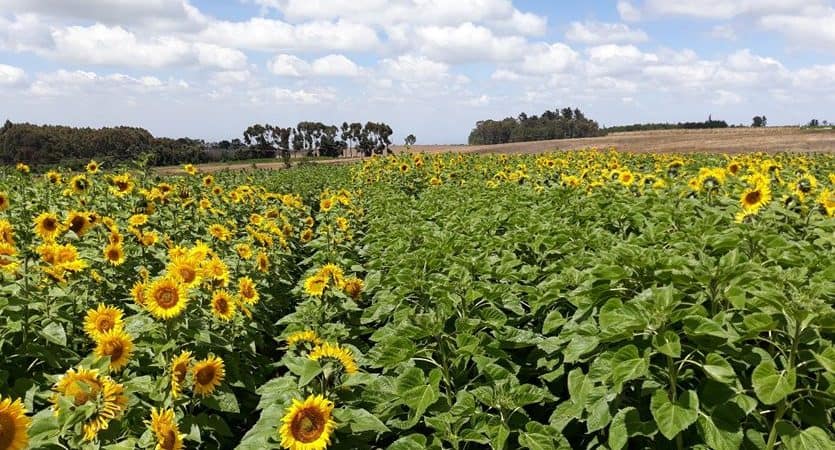
Sunflowers are a fantastic crop for Kenya and can provide extra income for farmers in the off-season as well as many rotational benefits to the soil. But to get top yields it is crucial to check on your herbicides and keep the crop free from weed competition for the first 6-7 weeks. Good planting ensures […]
Read More
For the past three seasons growers have been reporting Fall Armyworm in the tips of cobs from silking right through to maturity, with damage at harvest similar to the photo below. Fall Armyworm numbers have clearly been on the decline since they first arrived in 2017, with some exceptions, and this year they appear to […]
Read More
Bushel weight can make the difference between a profitable crop and one that you can’t even sell. Carrying on from our previous newsletter on how to improve your bushel weight, we take a look at how to get the fungicide program right to maximise your chances of getting a top price for your wheat. Fungicide […]
Read More
When it comes to Potato Farming, Getting weed control right in potatoes is crucial. Furthermore, weeds generally make mechanical harvesting difficult and compete with the crop for nutrients just as the tubers really start bulking. Here, we take a look at some of the weed control herbicides options to receive great yields from Potato Farming: […]
Read More
With malting barley plantings down considerably this year, many farmers will be growing extra acres of wheat to make up for the area lost. But what varieties should you grow to manage the risks of a big wheat area? Robin Still yields very well in our trials, and most importantly of all is consistent across […]
Read More
Think Agronomy 15th May 2020 If you set out to collect several hundred Fall Armyworm larvae for an experiment, I can tell you that it is a long task, which seems to take longer each year. Sure, if you look for them they are easy enough to find in fields that have perhaps not received […]
Read More
Soil or land preparation for farming is foundational when growing cereals like maize wheat and barley. In this article we’ll explore the key critical soil requirements for cereal production namely: soil sampling, soil preparation and planting & Deep Nitrogen Testing Soil Sampling Why soil sampling improves profitability How to sample properly Grid vs zone sampling […]
Read More
As crops progress through the growth stages, weed control in maize up to 7-8 leaf stage is crucial to avoid yield loss. There are a number of maize herbicide options on the market, so we explore their strengths and their weak points… Stellar Star Stellar Star is very strong on Gallant Soldier, Datura and Mexican […]
Read More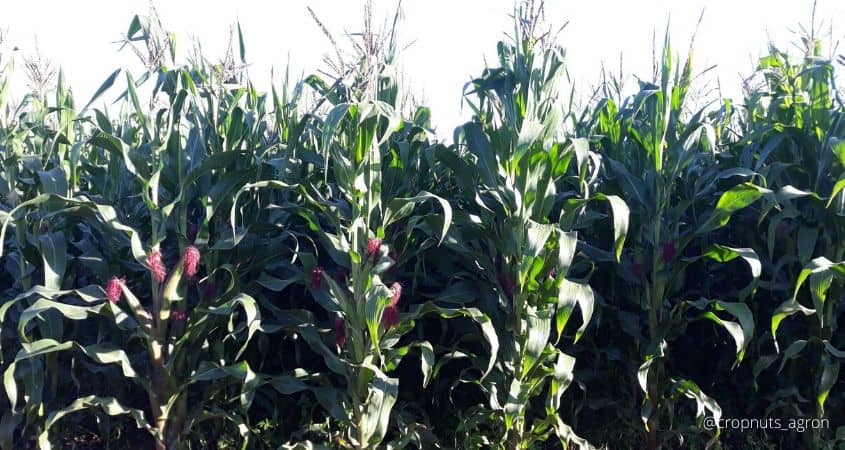
Maize plant population and seed rate comparison data from our maize variety trial sites has been very enlightening. Last week we looked at the results of our Cropnuts Maize Variety Trials in 2019 and highlighted how some maize varieties perform very differently at higher plant populations. Within the Variety Trials last year at every site, […]
Read More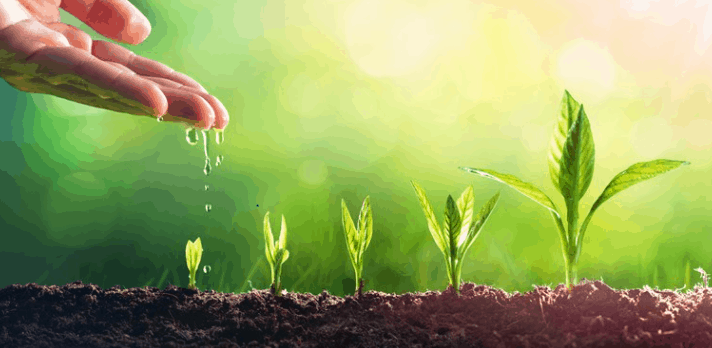
In Kenya, the current population is estimated at 47 million and expected to nearly double to 95 million by 2050. Agriculture in Kenya is a fundamental instrument for sustainable development, poverty eradication, and food security.
Image c/o: pixabay
Read More
Choosing the right variety is important for any crop, but with a crop like maize where there is just so much choice, where do you start? Last season we carried out four fully replicated maize variety trials in the highland areas; in Timau, Rumuruti, Nakuru and Eldoret to independently compare a range of maize varieties […]
Read More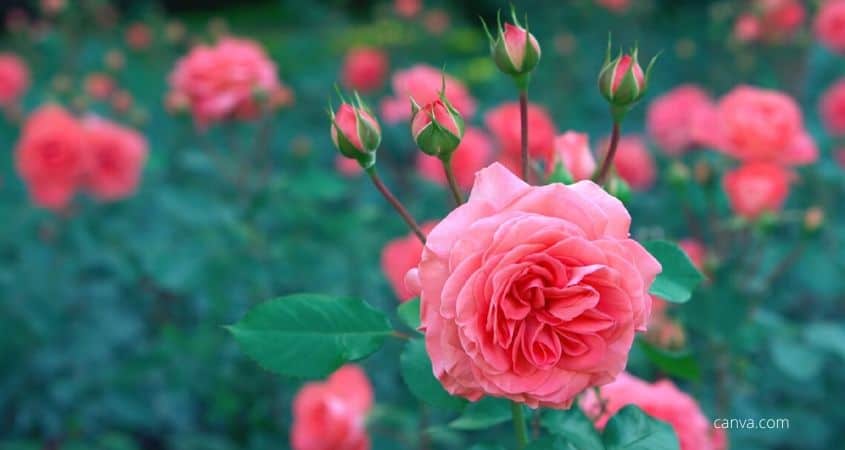
Plant nutrition is the study of the chemical elements and compounds necessary for plant growth, plant metabolism and their external supply. Without proper plant nutrition, plants tend to die off or produce little or no yield. In my line of work I visit hundreds of flower farms a year; the flourishing, the ticking over, and the ones in […]
Read More
Greenhouse soil crops need more specialized care. When you grow plants out in the open field, your soil has time to rest and regenerate. Not so in the greenhouse, where the climate is much hotter and the soil and plants are working hard all year round. Greenhouse soil temperatures are higher and you need to […]
Read More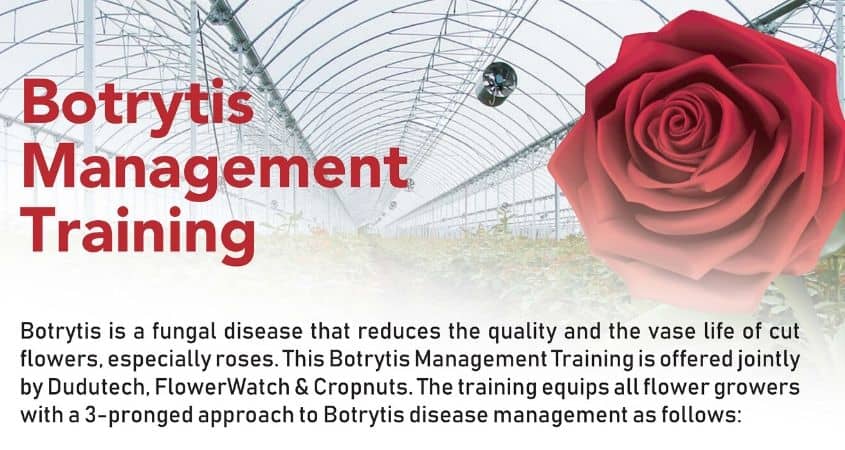
CROPNUTS, Flowerwatch and Dudutech have come together to organize a training on Botrytis Management. The three companies create a good balance to tackle the challenge of Botrytis completely, offering crop nutrition, crop protection and post-harvest disease management strategies. We are keen to address and train farms on how to manage Botrytis. We will have 4 training […]
Read More
Lodging in cereals is the bending over of the stems near ground level of grain crops. Lodging makes cereal crops very difficult to harvest and can dramatically reduce yield. Causes Of Lodging In Cereals Lodging in cereals is often caused by inadequate standing power of the crop and other external conditions such a storm damage, soil density, disease, sowing […]
Read More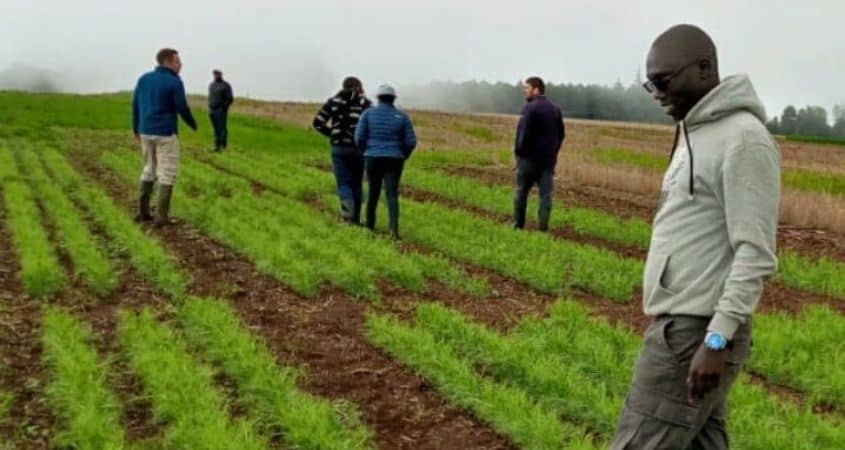
Importance of Molybdenum & Cobalt On Legumes Looking back through some of our legume crop field trials which have focused mainly on peas, the use of molybdenum and cobalt on the seed has consistently shown improvements in nodulation and yield. We know how important molybdenum is on legumes and brassicas in most Kenyan soils so […]
Read More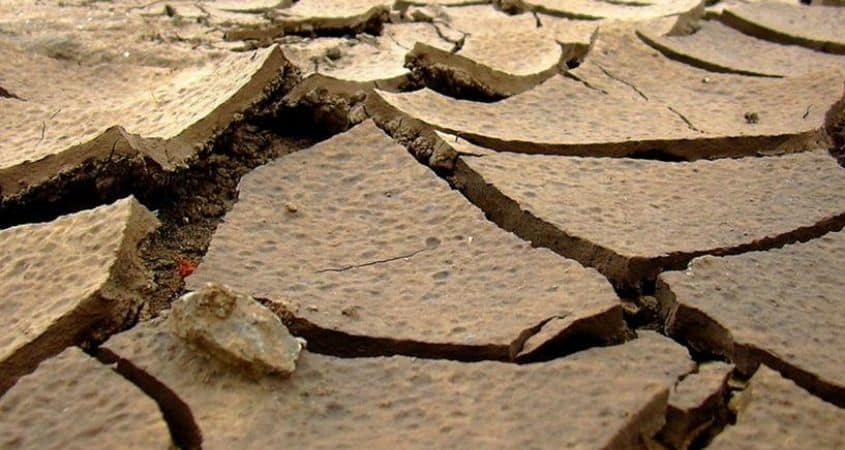
In Africa, and especially in Kenya, high sodium soil is one of the major causes of yield losses, quality reduction and crop failure in irrigated agriculture. So today, in our first newsletter, we are going to talk about sodium in the soil. The Effect Of Soil Sodium Soils with a high percentage of sodium in […]
Read More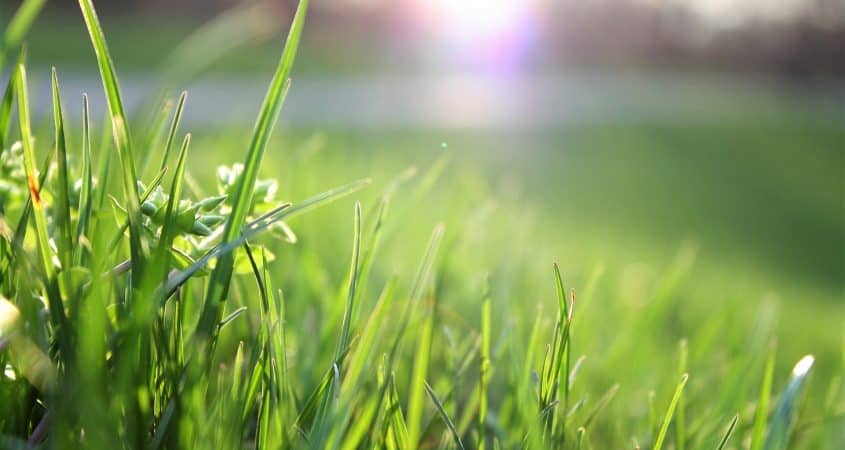
Soil organic matter (SOM) is the organic matter component of soil, consisting of plant and animal remains at various stages of decomposition, cells and tissues of soil microbes, and substances that soil microbes synthesize (Wikipedia). In order to save the world from self-destruction, we need to move towards sustainable carbon friendly farming. Many farms in Kenya have already embarked on this journey. […]
Read More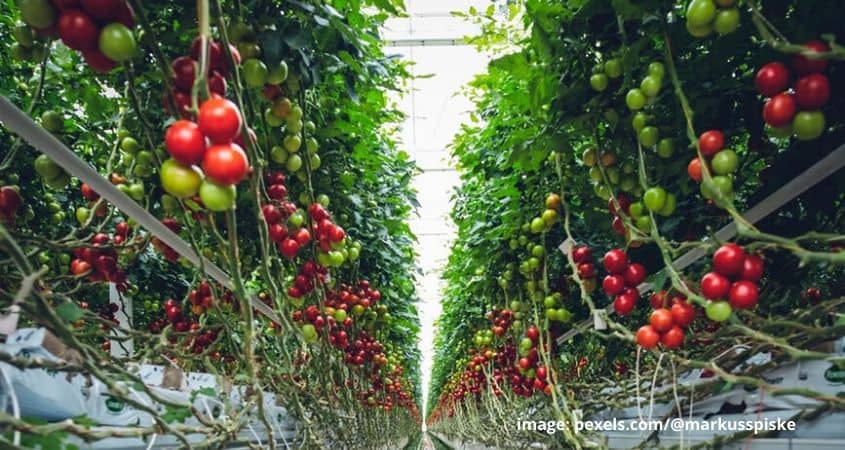
Fertigation is the application of fertilizer together with the irrigation water. The most common form of fertigation in Kenya is via drip irrigation. Fertigation provides precise nutrition, application flexibility, minimized loses & environmental protection. Fertigation Benefits The benefits of drip fertigation to plants are that nutrients are applied directly into the active root zone with […]
Read More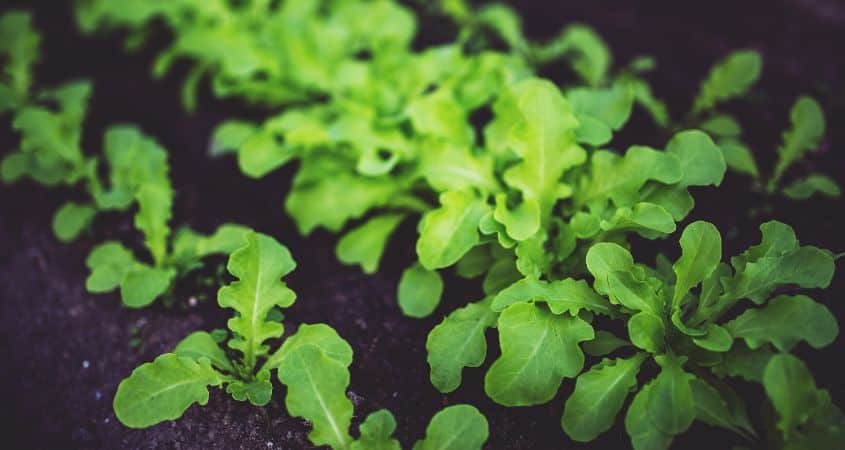
Calcium Nitrate is an inorganic compound with the formula Ca(NO3)2 and is mainly used as a component in fertilizers. In soil and plant nutrition Calcium is King. Calcium Nitrate is the only cheapish non-reactive water soluble calcium fertilizer suitable for drip feeding fertigated crops, so it goes without saying that calcium nitrate is the sovereign of fertilizers. There are […]
Read More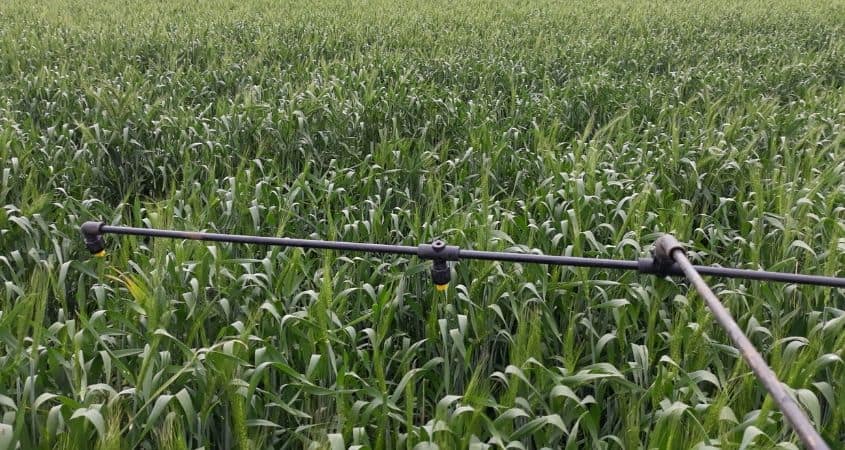
Fungicides are biocidal chemical compounds used to kill parasitic fungi or their spores. Fungi can cause serious damage in agriculture, resulting in critical losses of yield, quality, and profit. Fungicide Classification Fungicides are mostly known by their brand names. But when you want to get scientific about farming, it’s important to understand a bit more about which ones to use in different crops, and […]
Read More
Fall Armyworm control methods discussed in this article are tested by Cropnuts independent Agronomy team. The recommendations given in this article are independent and are not biased to any fall armyworm insecticide company in any way. Fall Armyworm (FAW) or Spodoptera frugiperda , is a new emerging invasive pest that is wreaking havoc in Kenya and many […]
Read More
Think Agronomy is our new, regular broadcast keeping arable farmers updated with tips, tricks and knowledge from our experienced team of independent agronomists. To subscribe to receive our Agronomy newsletters straight to your email inbox, please click here Farmers of every crop type including livestock are being urgent to make plans to deal with the potential locust plague […]
Read More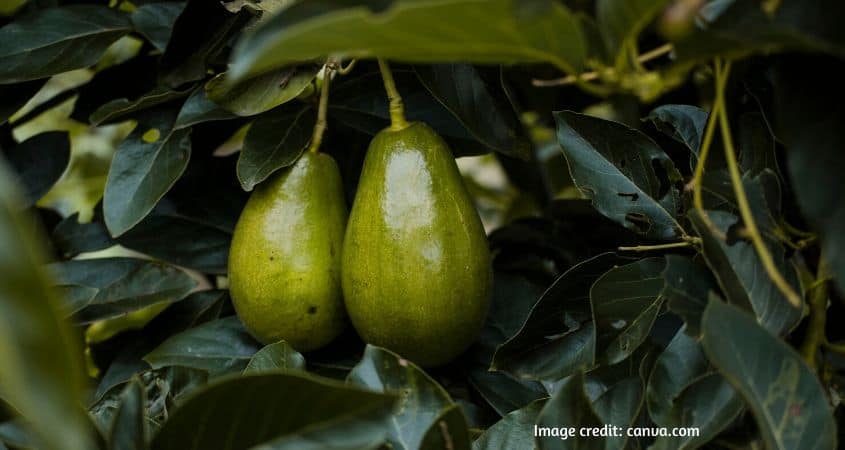
Your ultimate Avocado Farming Guide: Avocado farming in Kenya and around the globe is gaining prominence partly because of the nutritious benefits of the avocado fruit. But where does one start in farming this delicious fruit? Here, we discuss more on the best practices on how to grow Avocados in Kenya. Full of flavor, packing […]
Read More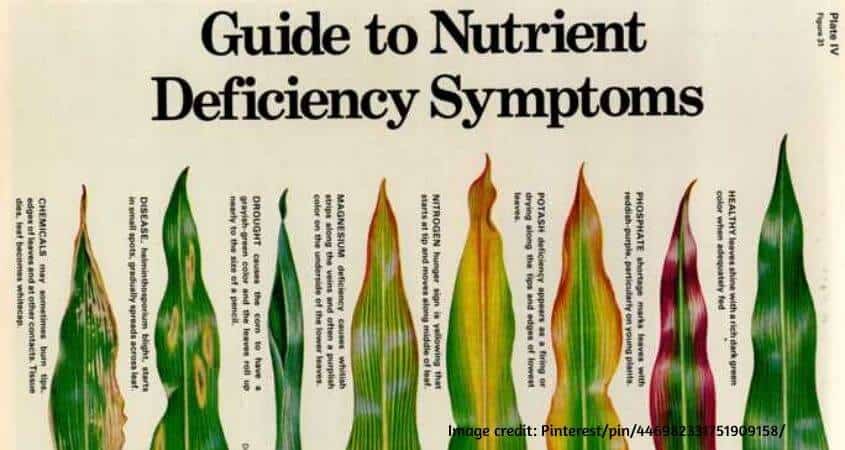
Nutrient deficiency disease symptoms in plants is a common puzzle among crop farmers. In order to determine which nutrients are deficient in your soil and understand your soil better, consider doing a soil analysis for your crops. What follows is a description of visual symptoms of deficiency diseases in plants due to lack of nutrients. […]
Read More